When choosing a particular cultivar, it is necessary to consider not only its taste and nutritional qualities. The choice should also depend on the climatic zone where the landing is supposed. Given the unstable climate of the middle zone, the varieties that are most resistant to cold and inhospitable weather conditions will become a priority. Even when growing sweet pepper in greenhouses, it is recommended to give preference to the best varieties of seeds that are suitable directly for the middle strip.
Content
Features of the climate and the cultivation of sweet pepper in central Russia
Under the middle lane mean the Central European regions of the Russian Federation. The weather conditions there are characterized by relatively cold winters (on average from -8 to 17 ° C) and warm, short summers (from 17 to 21 ° C), with a high level of humidity.
This climate implies a special approach when planting and caring for sweet pepper:
- taking into account the unfavorable environment and the thermophilic nature of the plant, the main parameter is the choice of a landing site, which should be inaccessible to cold gusts of northern winds;
- the selected area must be thoroughly cleaned, freeing it from weeds and all kinds of foreign objects, garbage;
- the soil should be moderately loosened to drain excess water. However, with loosening it is impossible to overdo it, since a good harvest requires the presence and retention of a certain amount of moisture in the soil;
- it is recommended to fertilize each square meter of soil with the following substrate (it is recommended to apply simultaneously with the digging of beds):
| Substance | amount |
|---|---|
| Wood ash | 1 cup |
| Potassium sulfate | 1 tbsp |
| Superphosphate | 1 tbsp |
| Urea | 1 tsp |
- in the case when planting occurs in the second stage, it is worth considering that in order to achieve a better crop, planting should be carried out on the soil where legumes or root crops previously grew.
Varieties of pepper seeds for open ground
A large number of sweet pepper varieties are difficult to grow in the climate of this region. For this reason, there are resistant seeds that can tolerate weather instability.
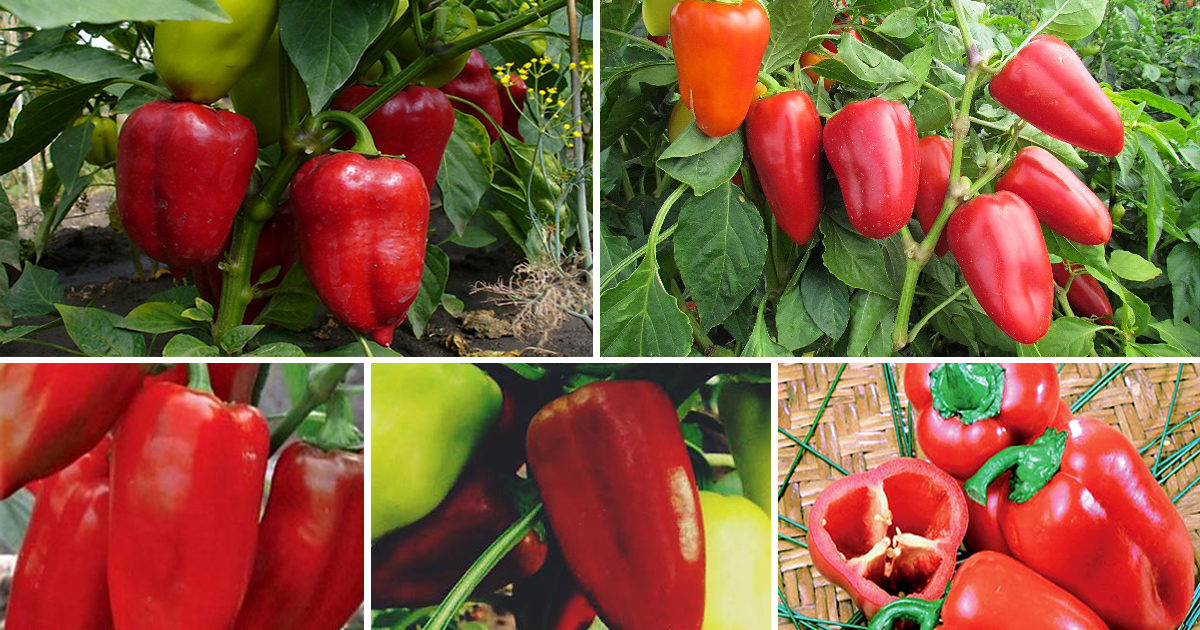 You may be interested in:
You may be interested in:Asti
This pepper is resistant to frost, can be grown in all regions of Russia, which is why it is chosen for planting in Western Siberia. The variety is well adapted to sudden onset of cold weather.Ripening time is 100 days. The fruit has a yellow or green color with a light shade. The wall thickness can reach up to 1 cm. Weight - 250-270 g.
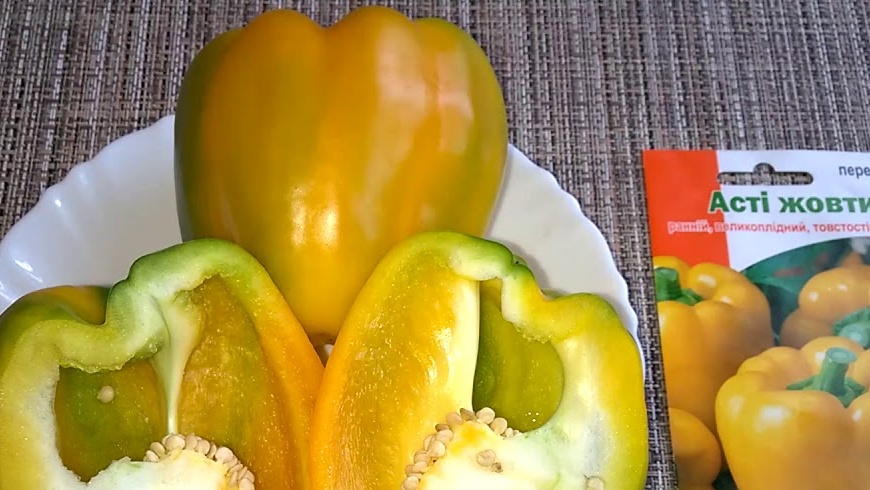
Arap
This variety is a variety of bell pepper, but is distinguished by its short stature. Suitable for planting both in greenhouses and under cover material on the land.
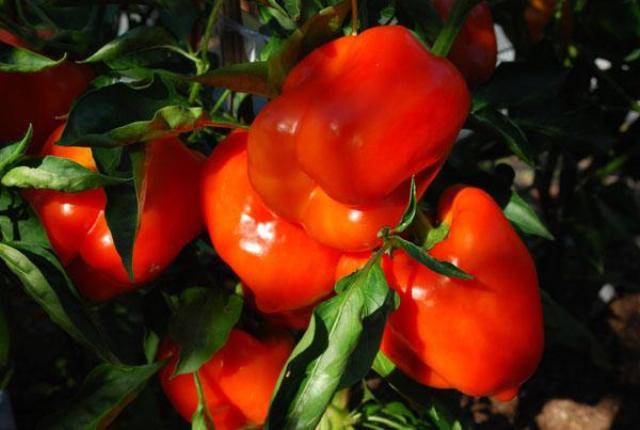
The red fruits of Arap have a conical shape, they are thin-walled, but juicy. One bush bears 5-4 kg of fruit. This pepper is widely used in cooking, being a universal product.
Antiquarian
This bell pepper is medium tall. Harvest from 1 m2 reaches up to 9-10 kg. Good yield both on the land plot under the covering material and in the greenhouse.
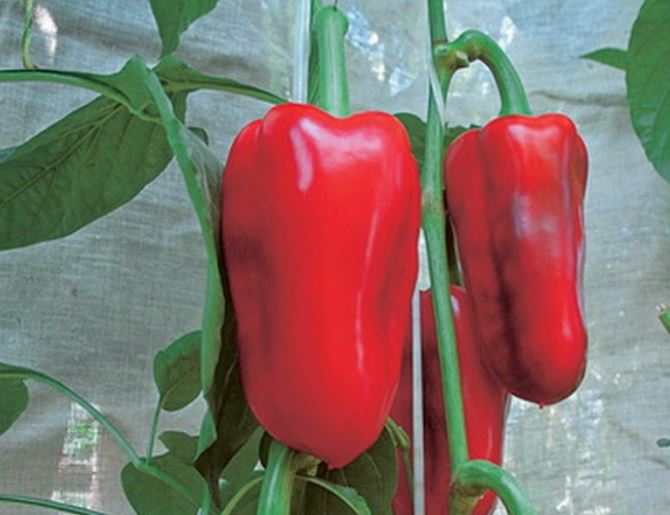
Saturated red fruits of a prismatic shape have a wall thickness of half a centimeter. After consultation with a doctor, it can be used in diet food.
Annushka
The weight of the fetus is 130-150 g. It is a yellow variety that has a shape resembling a prism. This pepper can tolerate high temperature, and irregular watering is not terrible for him. The wall is thin, does not exceed 5-6 mm, but the fruit itself is juicy and sweet. Harvest from 1 m2 of beds reaches up to 10 kg.
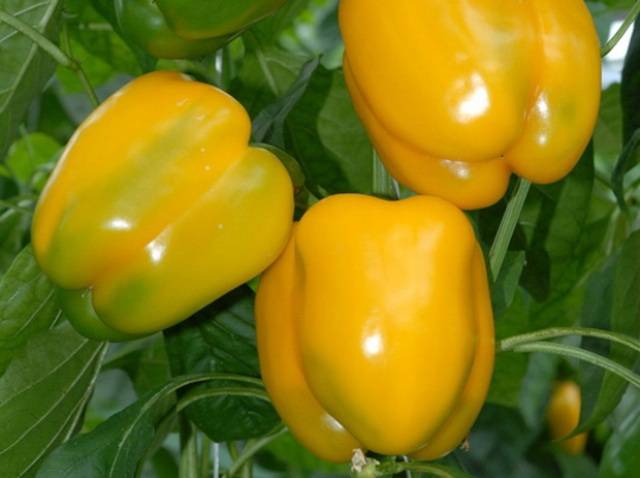
Boyarin
Height - 60-70 cm. Weight - up to 170 g. This variety of bell pepper was created taking into account the inhospitable climate of the middle zone. This variety is characterized by good resistance to temperature lability and to the north wind. Until the fruit ripens, it has a green color, during the onset of maturity it is red. The weight of the crop from 1 m2 varies about 5 kg.
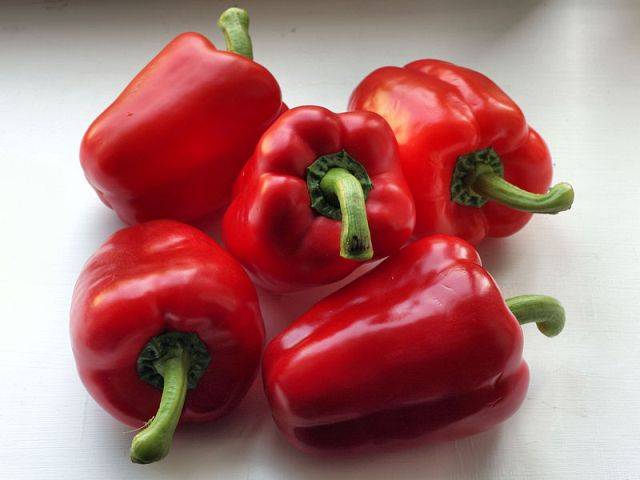
Vesuvius
Height - 80-90 cm. Weight - 130-150 g. Pepper able to tolerate low temperatures and high humidity is also suitable for growing in greenhouse conditions.
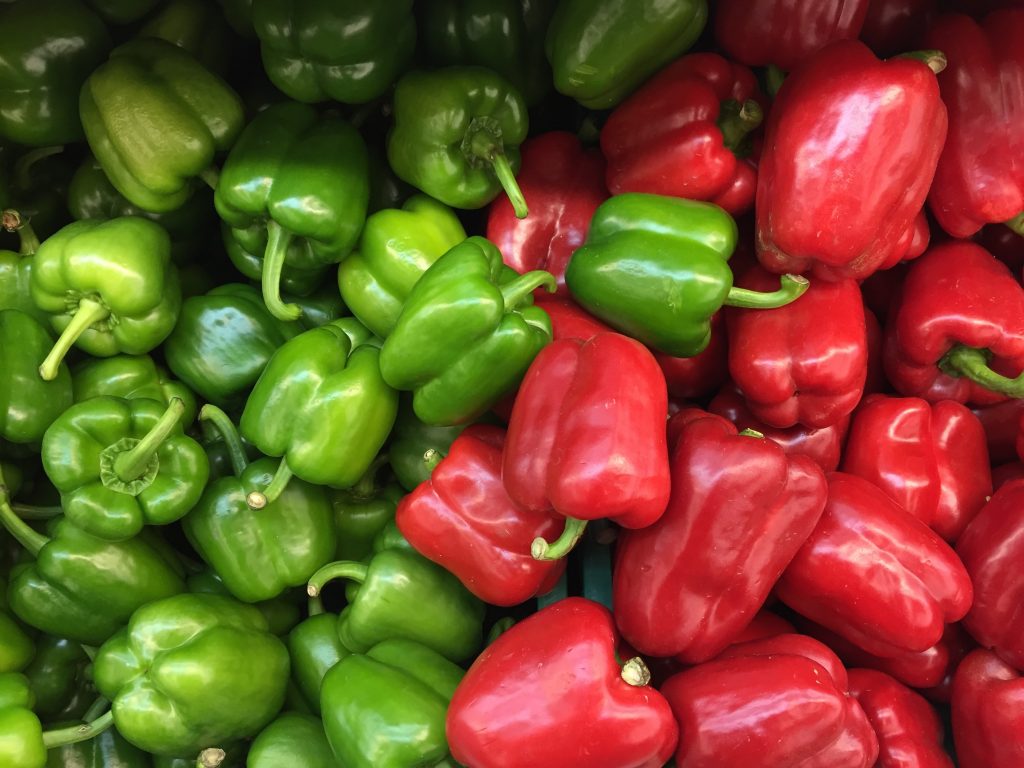
Fruits painted in a light shade of green or scarlet have a wall up to 7 mm thick. In case of favorable conditions, one bush can produce 5 kg of fruit.
Good man
The height of the bush is up to 80 cm. When sowing this variety in open ground, it should be remembered that under these conditions it stands out early - harvesting is carried out 90 days after its planting. It is thick-walled, slightly susceptible to disease.
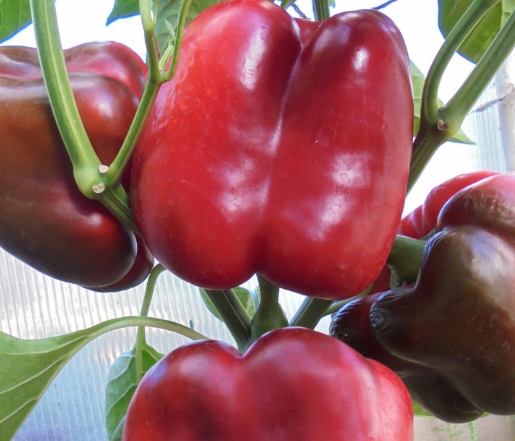
Ball shaped peppers are red and green. Regarding its taste, it should be noted the lack of bitterness. The weight of fruits with 1 m2 of beds is 14 kg.
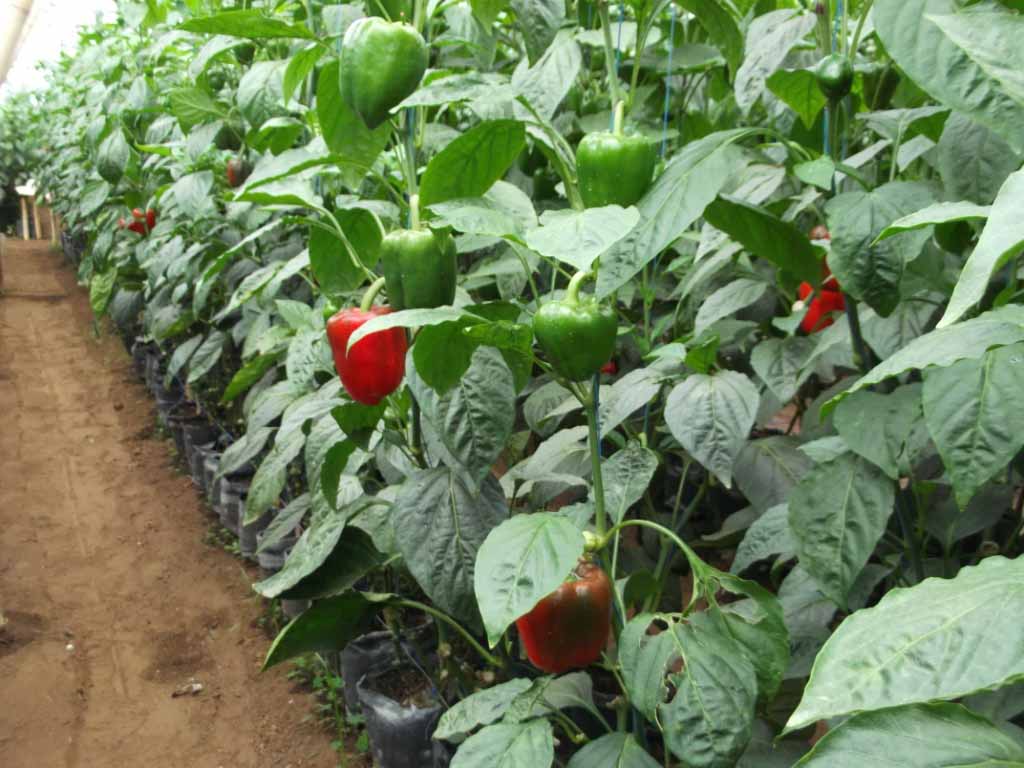 You may be interested in:
You may be interested in:Emelya
Fruit weight - 100-120 g. This variety is in first place among varieties suitable for cultivation in the area. The bush is compact enough. The fruit itself can have different shades, ranging from yellow to orange. Wall thickness reaches 6 mm. One bush is capable of producing up to 8 kg of crop.
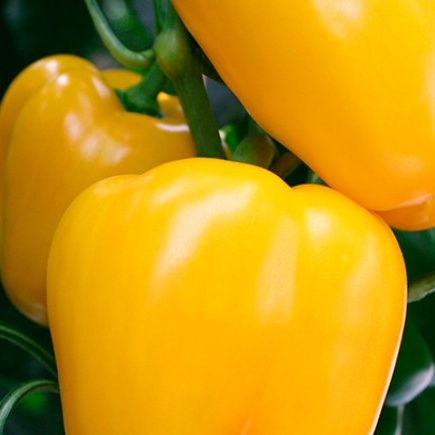
The best seeds for growing in a greenhouse in the middle strip
One of the advantages of greenhouse conditions is the possibility of earlier planting of plants in comparison with planting in open ground.
Blondie F1
The height of the bush is 90 cm. This is a mid-season variety. Positive properties of the plant are resistance to heat, high humidity and acidic soil. The fruit itself is juicy, yellow in color, its wall thickness reaches 7 mm. The weight of the crop from one bush is up to 8 kg.
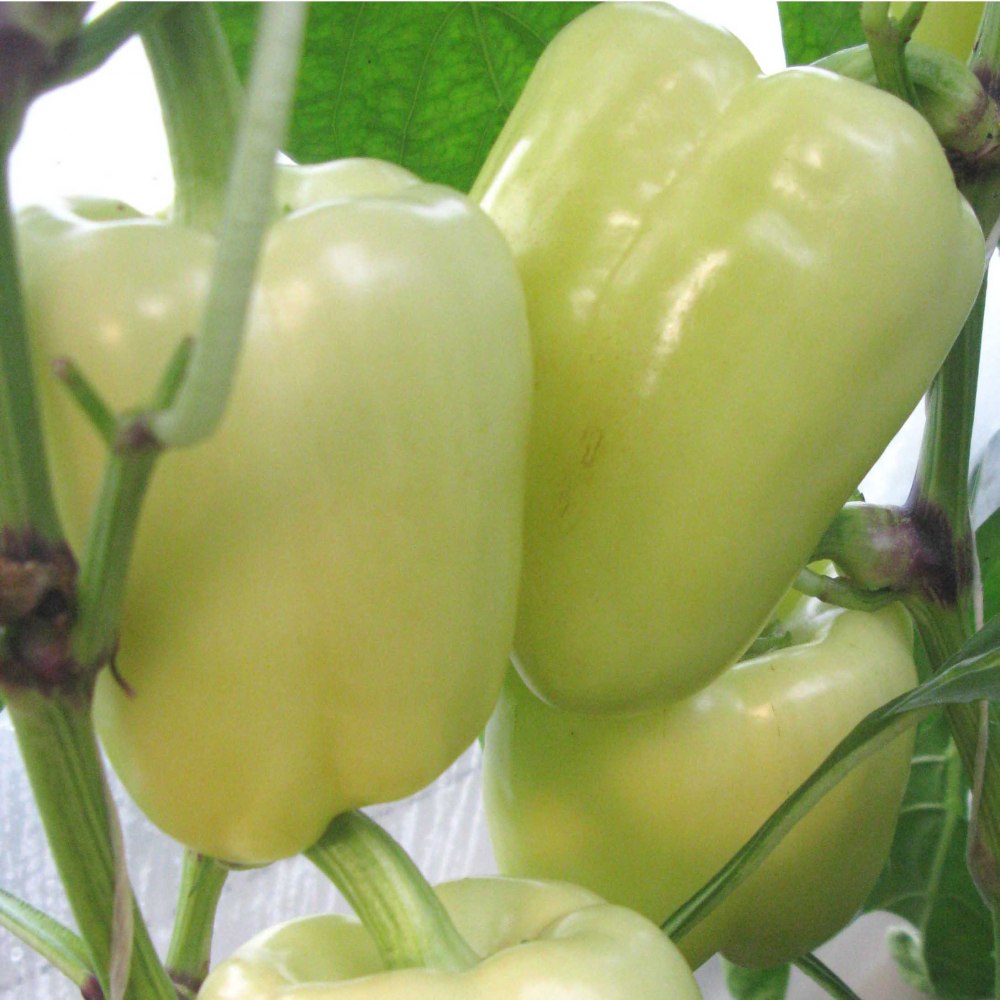
Goodwin F1
The height of the bush is 2.5 m. This pepper is distinguished by its high productivity. A feature is the large height of the plant, so it is necessary to support and garter the bush. This variety is not resistant to drought and is dependent on regular watering.
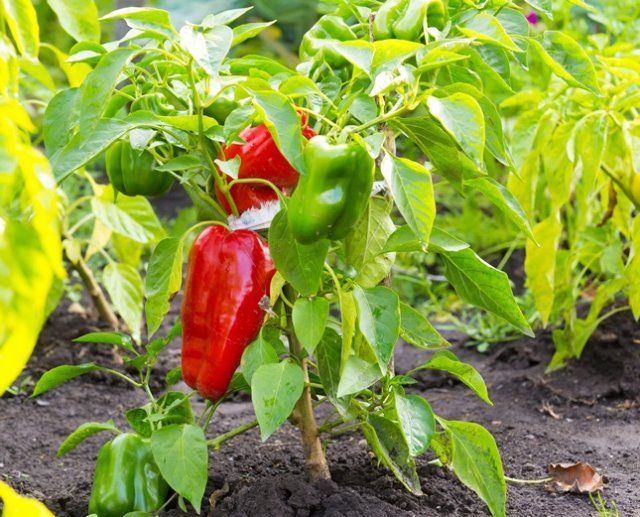
Juicy fruits shaped like a prism come in red or green. The thickness of their walls is about 1 cm. Under favorable conditions, one bush gives 10 kg of crop.
Latino F1
The height of the bush is 1.3 m.This variety combines excellent taste and beautiful appearance, making it a great option for sale. The bush is quite compact. Juicy fruits of the correct form are red. Their wall thickness varies within 1 cm. The crop can be about 10 kg.

Cardinal F1
The low growth of this hybrid form does not interfere with its excellent yield - about 15 kg of fruit per 1 m2. It has good resistance to diseases, requires regular fertilizers. The fleshy fruits are cube-shaped and have a glossy purple surface.
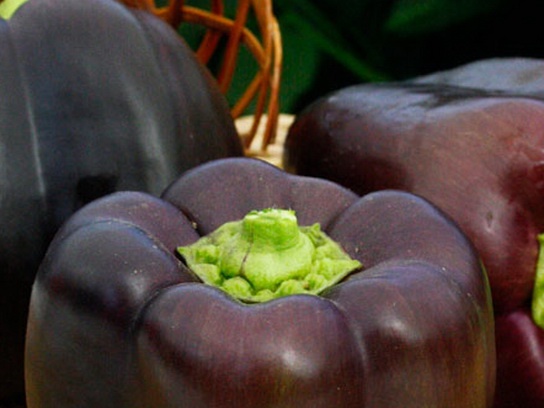
The rules for the care of seedlings and crops in the middle lane
Given the moderate-harsh climatic conditions of these regions, it is necessary to carefully approach the preparation of planting material, the first point of which is careful selection. Basic rules for growing:
- It is recommended to place the seeds in a volumetric container with saline for a couple of minutes. Most seeds unsuitable for planting float to the surface, after which those remaining at the bottom are dried and manually selected. Only whole large sizes and regular shapes are allowed for landing, without visible damage or defects.
- Any planting material must be sanitized. To do this, place the seeds for 15 minutes in a weakly concentrated solution of potassium permanganate, then rinse them with warm water.
- To improve pepper growth indicators, methods such as seed soaking in special solutions designed to increase the activity of sowing grains are used.
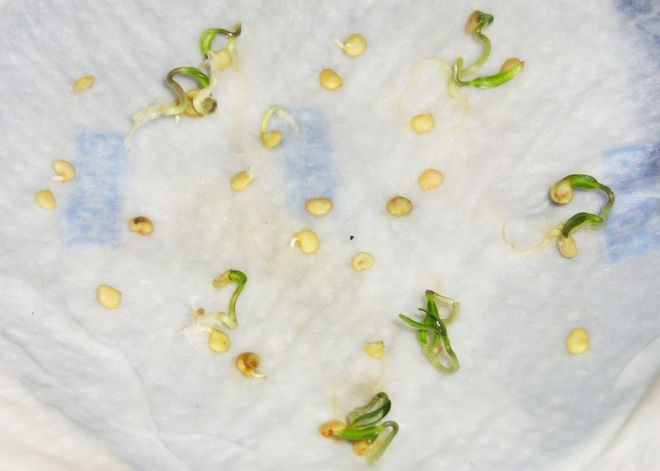
Seed soaking - Hardening is a necessary processing point in these climatic regions. It is carried out by placing seeds in a tightly closed container for two to three days in a refrigerator.
- The last step is bubbling.
It is necessary to prepare seedlings themselves gradually, some time before planting. Start more rarely watering it, lower the temperature to 15 ° C. It is recommended that the day before planting, take out the seedlings to where they will be planted in the future, and create a shadow above them. This is done to adapt the plants to a new place.
Given the lability of the climate, you should have a covering material, film or plastic. And also monitor the weather forecast, so that before the possible onset of cold weather cover recently transferred seedlings.
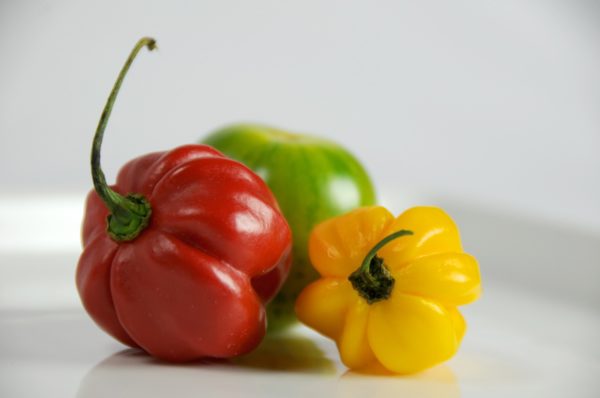 You may be interested in:
You may be interested in:Reviews of gardeners and gardeners
Andrei: “The choice of sweet pepper varieties for seedlings in this region must be approached with particular scrupulousness. I like to personally evaluate the qualities of this or that exotic, or just new variety for me. Many thanks to breeders who regularly create varieties resistant to harsh climatic conditions. “My favorite is Boyarin, who has a high yield and delicious taste, despite the fact that he is very unpretentious to care and not prone to disease.”
Margarita: “I tried many varieties, which I was satisfied with, and which received good reviews from my friends. Blondie, I prefer to plant under a film shelter. So peppers are bigger and faster. ”
Valentine: “Personally, my choice falls on thick-walled varieties of pepper. I do not recognize the thin-walled version at all, since in these fruits I value juiciness the most. Thin-walled peppers significantly limit cooking options. After all, even for stuffing it is not very suitable. But I didn’t notice the difference between them. ”
Alexandra: “I periodically buy shop pepper, and I do this in different seasons. I collect seeds from him and sow. Unfortunately, the names of the varieties are not known to me, but I try to take thick-walled, juicy, large. Sow it in the February days. Harvest incredibly happy. So there is no need to be afraid to try something new. "
To achieve a good yield of pepper fruits, many factors must be considered. And one of the main is the climatic zone of planting. Many years of work by breeders have provided a huge selection of varieties of all kinds of colors, sizes and tastes, providing the opportunity to decide on pepper, ideal for everyone.

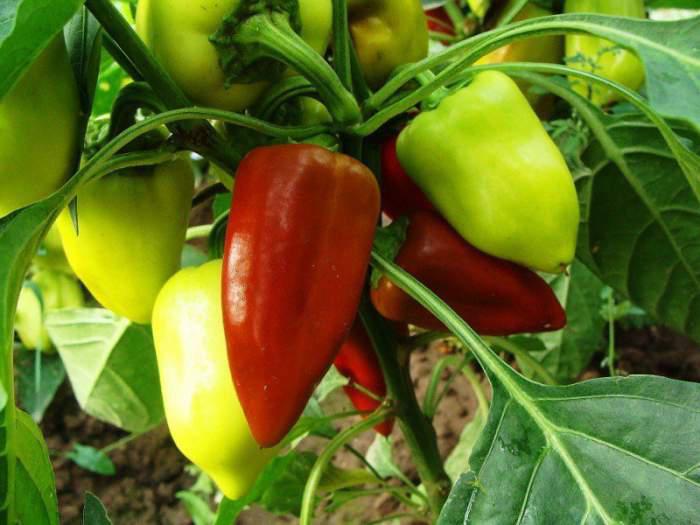
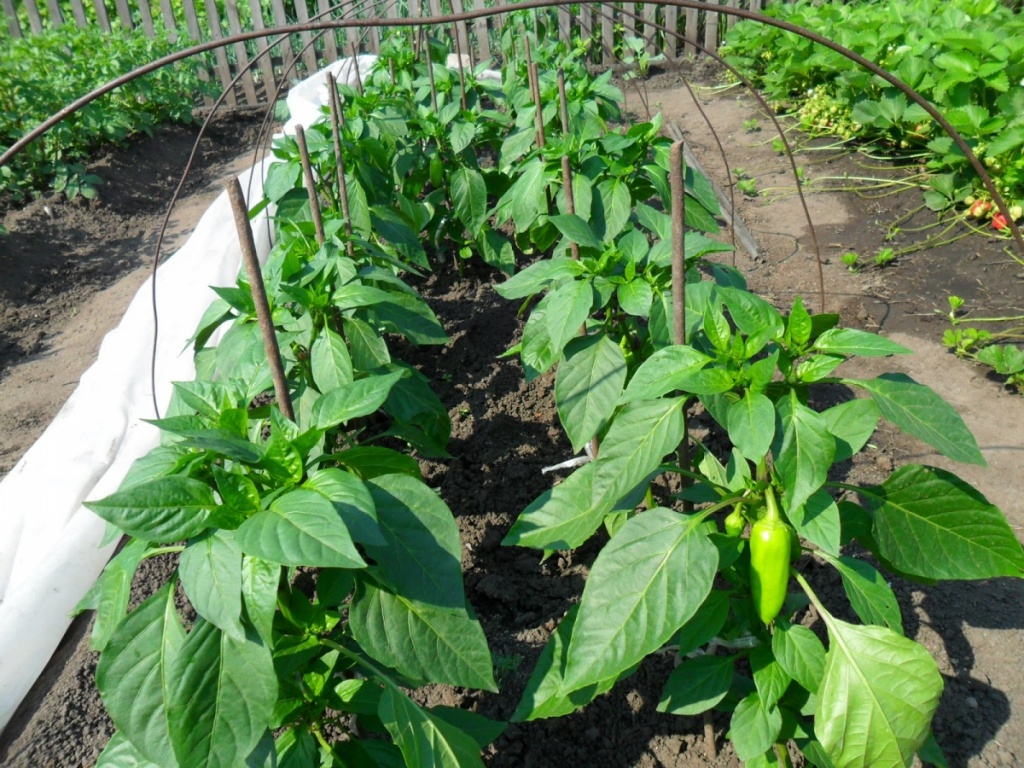



 Calorie pepper stuffed with meat and rice - BZHU per 100 grams
Calorie pepper stuffed with meat and rice - BZHU per 100 grams Gorky pepper - the best varieties for open ground
Gorky pepper - the best varieties for open ground Hot pepper seeds - the best varieties for open ground and reviews
Hot pepper seeds - the best varieties for open ground and reviews Capsicum tincture for hair - how to use and reviews
Capsicum tincture for hair - how to use and reviews